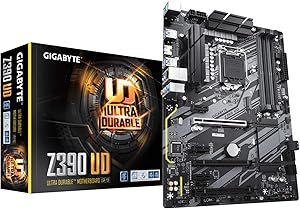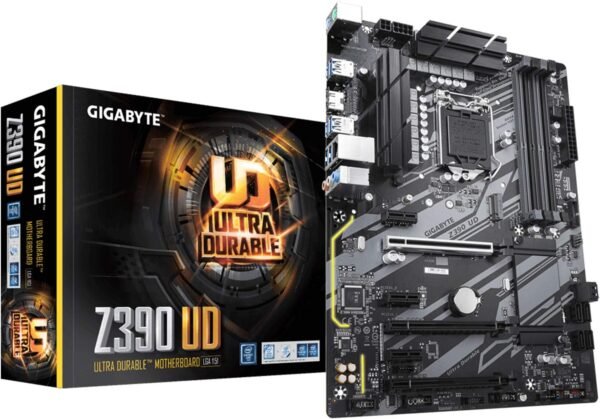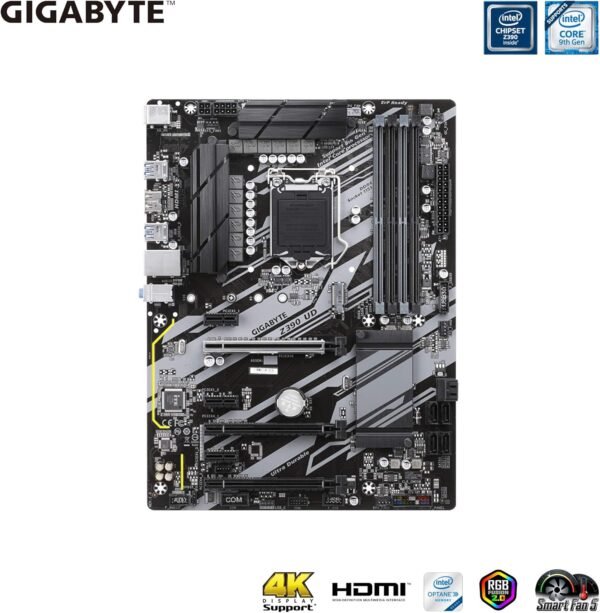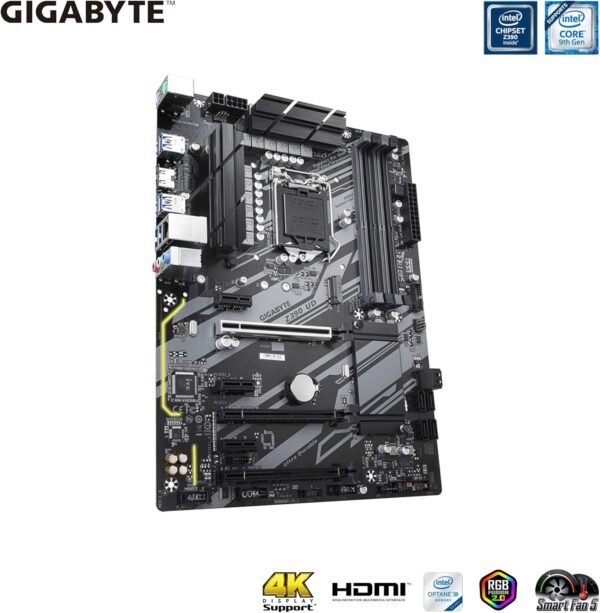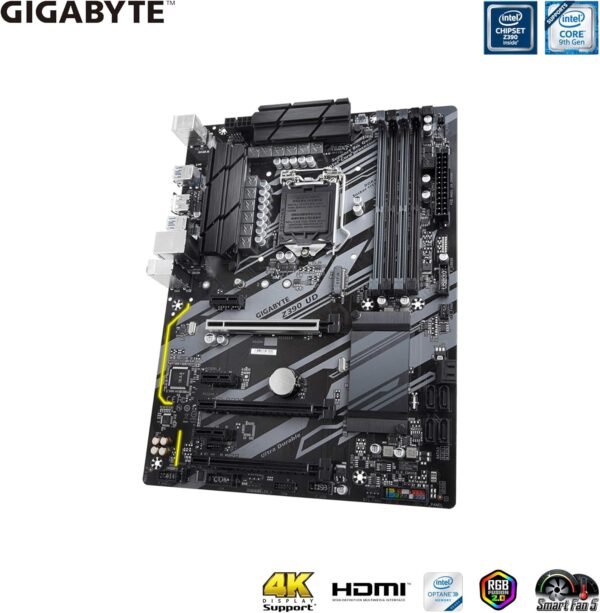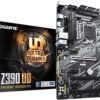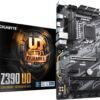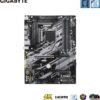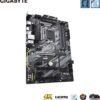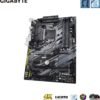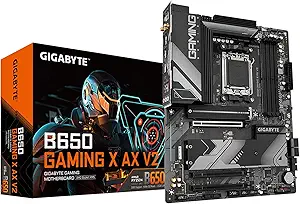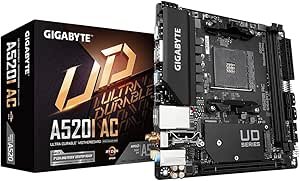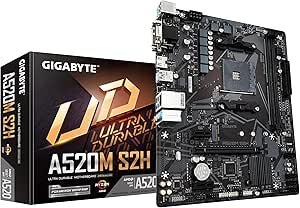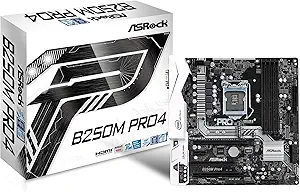Review of the GIGABYTE Z390 UD Motherboard for Gaming and Cryptocurrency Mining
Review of the GIGABYTE Z390 UD Motherboard for Gaming and Cryptocurrency Mining
- Impressive stability and reliability make it a great choice for heavy workloads and gaming setups.
- The six PCIe slots offer remarkable flexibility for cryptocurrency mining or multi-GPU configurations.
- Efficient cooling features, including Smart Fan 5, ensure optimal temperature management even under high stress.
- Robust build quality and ultra-durable design provide long-lasting performance for advanced users.
As an Amazon Associate I earn from qualifying purchases.
Description
Initial Impressions and Build Quality
Testing the GIGABYTE Z390 UD motherboard felt like stepping into a well-designed machine built for both performance and durability. Right out of the box, this thing screams robust engineering. The ATX form factor fits perfectly into most standard cases, and the layout is intuitive for anyone who has built a PC before. I noticed the ultra-durable design immediately, with solid PCIe Armor that ensures the slots remain sturdy, even under the stress of heavy GPUs. The 10+2 phase digital VRM setup is a feature that caught my eye. It ensures efficient power delivery, and you can tell it’s made to handle 9th and 8th Gen Intel Core processors with ease.
I’ll admit, I’m a sucker for clean aesthetics, and this motherboard balances functionality with a sleek, professional look. The RGB light strip support is an added bonus for those who love a pop of color in their builds. Even though I lean toward minimalism, I couldn’t help but appreciate the option for some flair.
Performance and Compatibility
What stood out to me most during testing was how well this motherboard handled DDR4 memory. Supporting dual-channel Non-ECC Unbuffered DDR4 with 4 DIMMs, it seamlessly managed higher memory speeds. I pushed it to 4400 MHz, and it performed like a champ without stability issues. The Intel Optane Memory Ready feature is another perk, especially for users looking to boost system responsiveness. While I don’t personally use Optane, I can see it appealing to those who want to maximize storage efficiency.
The NVMe PCIe Gen3 x4 M.2 connector is a lifesaver for anyone who prizes fast boot times and speedy storage. I tested an NVMe SSD, and the performance was lightning-fast. The motherboard also supports multi-way graphics, which is ideal for gaming or cryptocurrency mining setups. With 6 PCIe slots, it’s clear this board was designed with scalability in mind.
On the networking side, the Realtek 8118 Gaming LAN delivered stable and fast internet. Bandwidth management was surprisingly effective, ensuring no latency even during heavy usage. While I’m not a hardcore online gamer, I can see how this feature would be a game-changer for many.
Smart Cooling with Smart Fan 5
If you’ve ever had a motherboard that struggled with heat management, you’ll appreciate the Smart Fan 5 technology here. The multiple temperature sensors placed across the board are genuinely helpful. I was able to monitor the system’s heat zones in real time, and it’s reassuring to know the hybrid fan headers can adapt to different cooling setups.
The Fan Stop feature is a subtle yet fantastic addition. It allowed the fans to stop completely when the system was under minimal load, ensuring silence during idle moments. For someone like me who values a quiet workspace, this was a standout feature.
Key Benefits
- Durable PCIe Armor ensures slot stability, even with heavy GPU usage.
- NVMe PCIe Gen3 x4 M.2 connector offers ultra-fast storage performance.
- Smart Fan 5 provides customizable and efficient cooling.
- Bandwidth management in the Realtek 8118 Gaming LAN prevents lag.
- Supports high-speed DDR4 memory up to 4400 MHz.
Areas for Improvement
While this motherboard impressed me on many fronts, there are a few less favorable aspects to note:
- The lack of built-in Wi-Fi might be a dealbreaker for some, though it’s not a major concern for wired setups.
- I found the BIOS interface functional but somewhat outdated compared to competitors with sleeker UIs.
- The absence of USB-C ports left me wishing for more modern connectivity options.
These aren’t dealbreakers, but they’re worth considering depending on your specific needs.
Product Rivals
Comparing this motherboard to others in its league, I couldn’t ignore the ASUS Prime Z390-A and the MSI MPG Z390 Gaming Edge AC. The ASUS model offers a more polished BIOS interface and integrated Wi-Fi, making it a better choice for users prioritizing ease of use and wireless connectivity. However, it doesn’t match the GIGABYTE Z390 UD in terms of durability and multi-GPU support.
The MSI alternative is well-rounded, with similar cooling features and better onboard audio. However, it lacks the 10+2 phase digital VRM design, which gives the GIGABYTE an edge when it comes to power delivery for overclocking enthusiasts. If you’re someone who plans to push your build to its limits, the Z390 UD holds its ground firmly.
Quality for Price
The value proposition of this motherboard is hard to ignore. While it may lack some premium features like built-in Wi-Fi or USB-C, the focus on core functionality and performance makes it a smart choice for budget-conscious builders. The build quality, power delivery system, and cooling features justify the investment. If you’re looking for a reliable, no-frills option that doesn’t skimp on the essentials, this motherboard delivers.
Additional information
| RAM | DDR4 |
|---|---|
| Memory Speed | 4400 MHz |
| Wireless Type | 802.11a/b/g/n/ac |
| Number of USB 20 Ports | 2 |
| Brand | GIGABYTE |
| Item model number | Z390 UD |
| Item Weight | 1 pounds |
| Product Dimensions | 12.79 x 10.23 x 2.75 inches |
| Item Dimensions LxWxH | 12.79 x 10.23 x 2.75 inches |
| Computer Memory Type | DDR4 SDRAM |
| Manufacturer | Gigabyte |
| Is Discontinued By Manufacturer | No |
